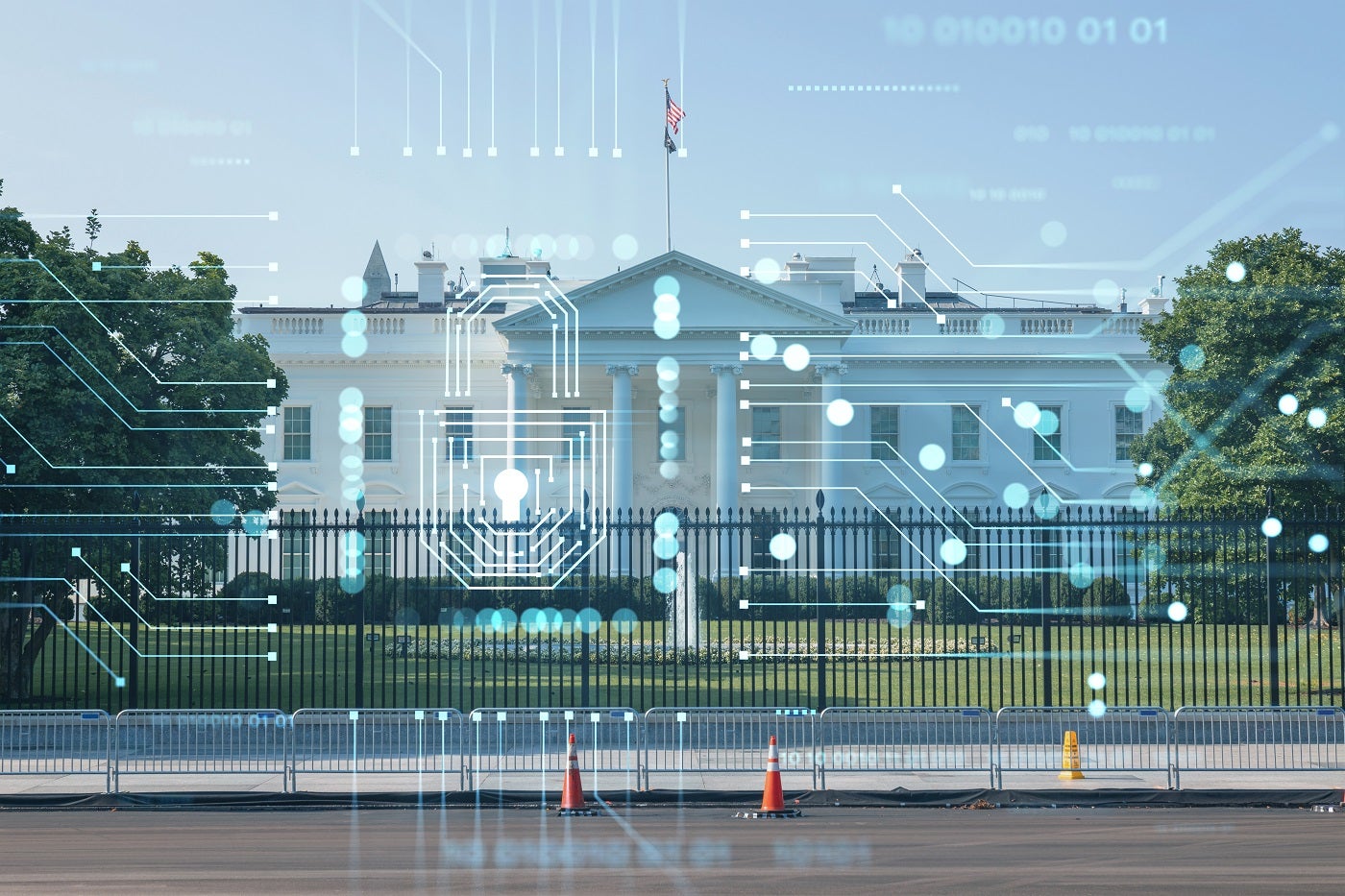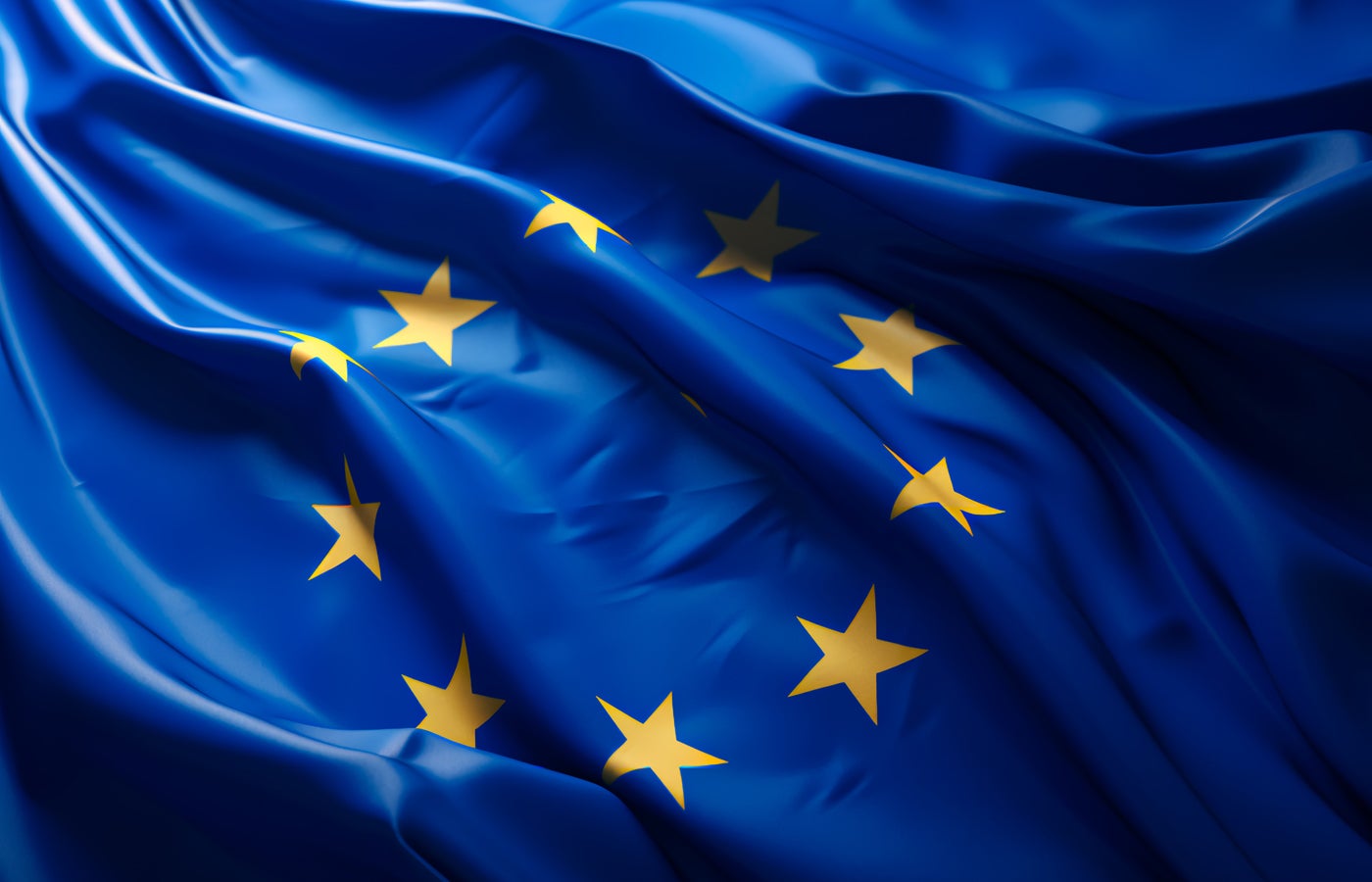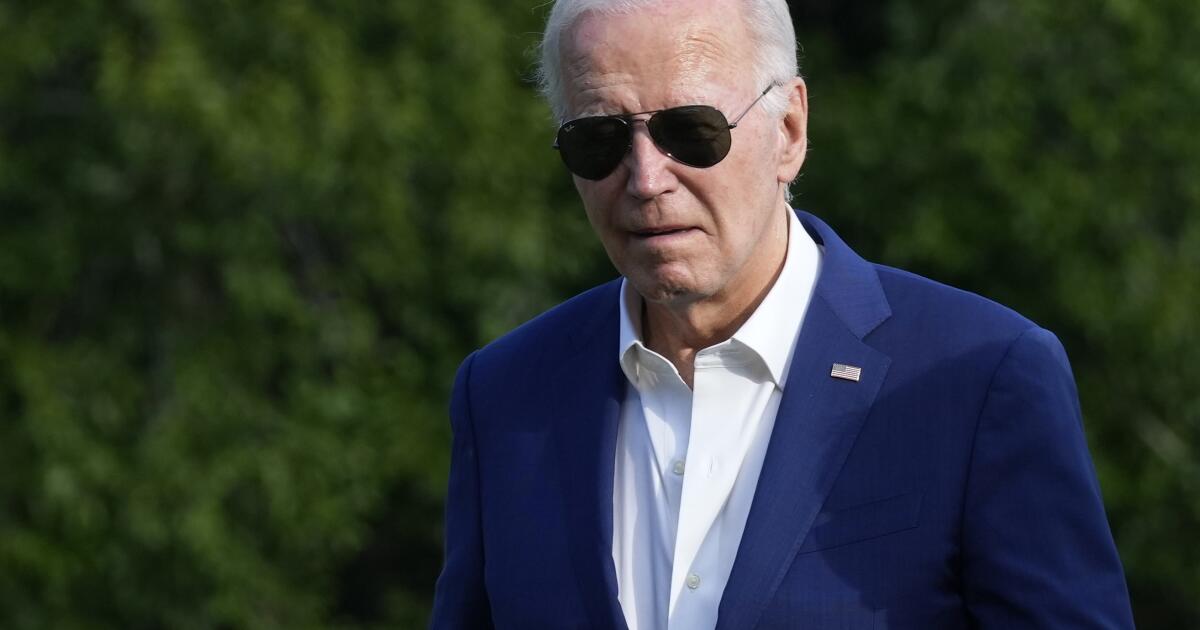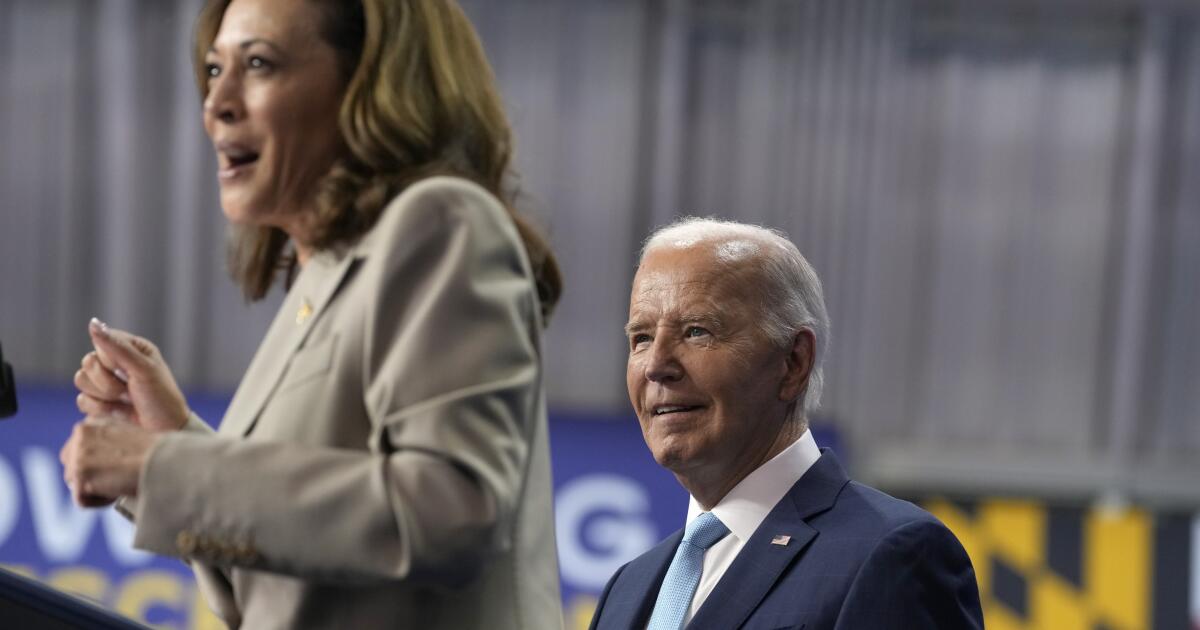By Mike Maharrey, Monetary Metals Exchange
Could it be said that the worst currency in the world will become the best?
If Zimbabwe goes ahead and adopts a plan to support , perhaps it will.
Last week, Zimbabwean President Emmerson Mnangagwa said officials were exploring ways to introduce a “structured currency” but did not explain what that meant. On Monday (February 12), Finance Minister Mthuli Ncube shed some light on the plan, saying the objective was to “manage the growth of liquidity, which has a high correlation with the growth of money supply and inflation”.
The way to do this is to peg the exchange rate to some hard asset like gold. To do that, you need to have some kind of currency board system where the growth of internal liquidity is limited by the value of the asset backing the currency.
The Zimbabwe dollar has lost more than 40 percent of its value since the beginning of the year.
Consumer prices in Zimbabwe increased by 34.8 percent year-on-year in January. This figure was up from 26.5 percent in December, according to data released by the Zimbabwe National Statistics Agency.
Those figures do not reflect the full extent of Zimbabwe's currency devaluation, as around 80 percent of transactions are carried out in US dollars. The government changed its CPI calculation last fall to better reflect the dollar's presence in the economy. In other words, it “updated” its inflation formula to hide the magnitude of the problem. The United States government did the same in the 1990s.
This is not Zimbabwe's first foray into the world of inflation. As Business Insider Africa put it, “Zimbabwe continues to suffer the scars of hyperinflation suffered during Robert Mugabe's long rule.”
Hyperinflation wiped out the value of the Zimbabwe dollar in the early 2000s. In 2009, the government simply abandoned its own currency and adopted foreign currencies, primarily the US dollar (or, more accurately, the Federal Reserve note). .
The African nation reintroduced the Zimbabwe dollar in 2019. But the government apparently did not learn its lesson and the currency was quickly devalued again. By mid-July 2019, price inflation had risen to 175 percent.
As economist Milton Friedman once said: “Inflation is always and everywhere a monetary phenomenon, in the sense that it occurs and can only occur through a more rapid increase in the quantity of money than in production.”
In other words, if a country experiences price inflation and currency devaluation, it is ultimately the government's fault. Price inflation is a symptom of monetary inflation: the government creates more and more currency to prop up spending.
During Zimbabwe's first round of hyperinflation, the government was printing money to finance Mugabe's military involvement in the Congo. He was also supposedly creating currency to pay for government corruption and line the pockets of politicians and their friends.
More recently, Al Jazeera reported: “The central bank’s printing of new money has also worsened the situation, reversing the gains made over the past two years in which inflation fell from a high of 800 percent in 2020 to 60 percent.” percent in January. [2023].”
Zimbabwe's government has already taken some steps to try to stabilize its currency and limit its dependence on the Federal Reserve dollar.
Last summer, Reserve Bank of Zimbabwe Governor John Mangudya announced that Fidelity Gold Refineries (Private) Limited would mint gold coins and make them available to the public through the country's banking institutions.
The Monetary Policy Committee (MPC) of the Reserve Bank of Zimbabwe resolved to introduce gold coins into the market as an instrument that will allow investors to store value.
The central bank owns Fidelity Gold Refineries (Private) Limited. It operates as the only gold purchasing and refining entity in the southern African country.
In October, the Reserve Bank of Zimbabwe launched a digital payment system backed by physical gold.
Digital tokens called Zimbabwe Gold (ZiG) can be stored in an e-gold digital wallet or on e-gold cards. An equivalent amount of physical gold held in RBZ reserves backs each digital token. Individuals and businesses can use ZiG in commercial transactions and can share the gold-backed tokens peer-to-peer. In practice, this gold-backed digital currency allows everyday business to be conducted in gold.
The hope was that this gold-backed payments system would relieve pressure on the country's limited dollar supply (and create a flow of dollars into government vaults).
Putting the Zimbabwe dollar on the gold standard would close the door to the Zimbabwe government's inflationary policies. Backing the currency with a hard asset limits money creation. The government cannot create more dollars unless it obtains more gold. A gold standard puts a natural brake on monetary expansion.
This would benefit Zimbabweans, who would enjoy a stable currency and be able to maintain their purchasing power over time.
Of course, that requires fiscal discipline on the part of the government. You can't rely on printing money to support your spending. There is the problem. Government officials tend to quickly abandon any pretense of pegging the currency to gold when they discover that this hinders the expansion of their power.
With this in mind, I am skeptical that Zimbabwe will follow through with reforms.
As Money Metals Exchange president Stefan Gleason put it: “Unfortunately, total catastrophe may be the most likely path to reform. The only danger is that, with the wrong people in place, the catastrophe could lead to a lurch towards tyranny.”












